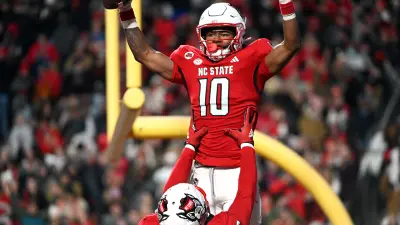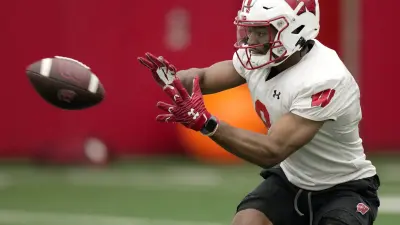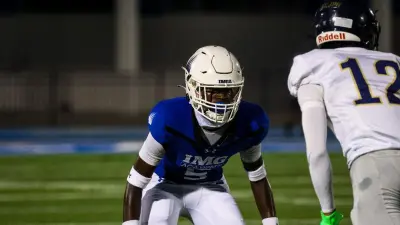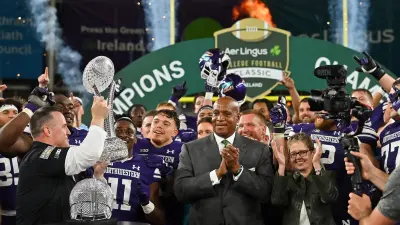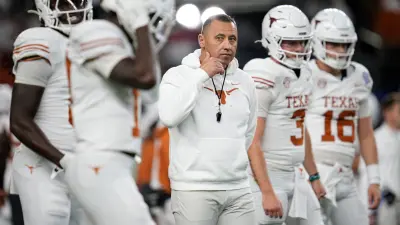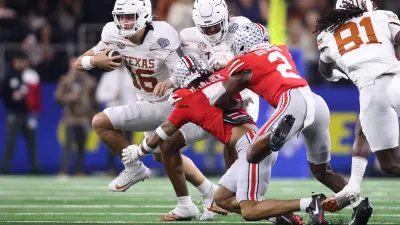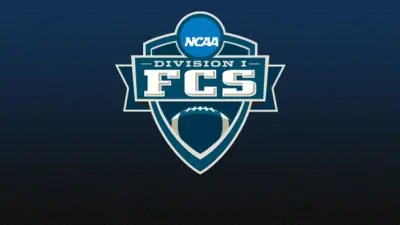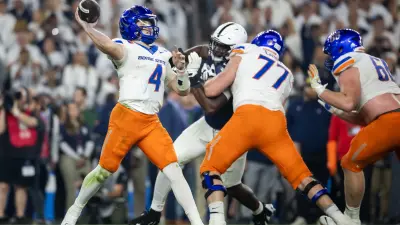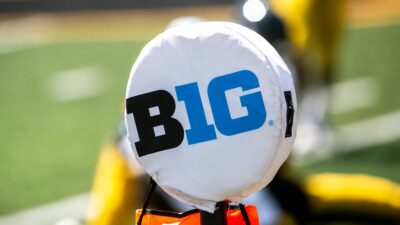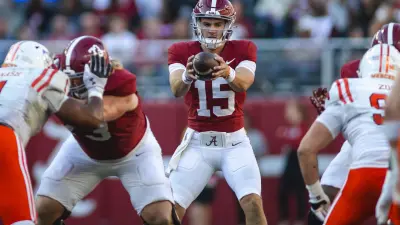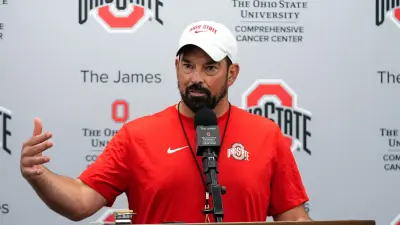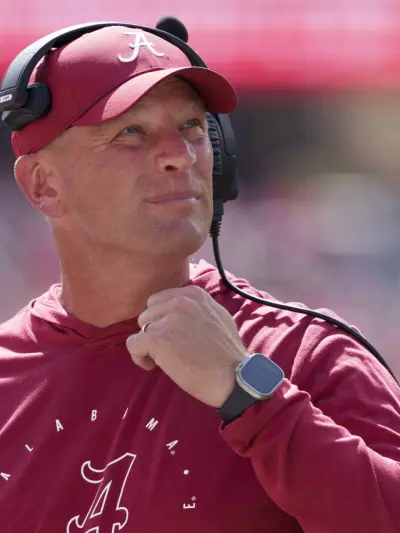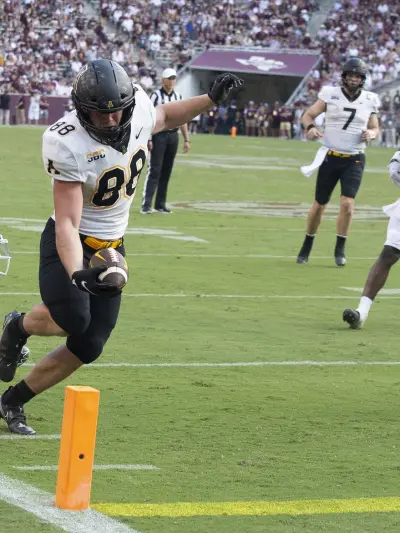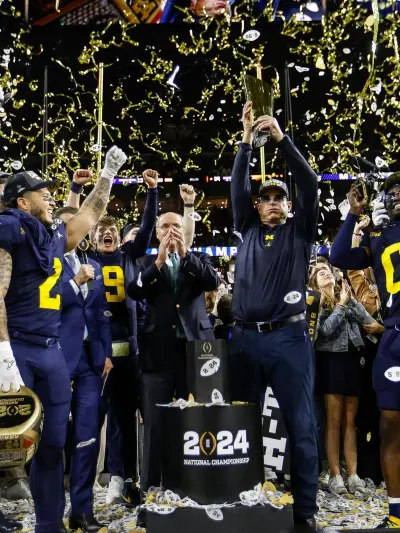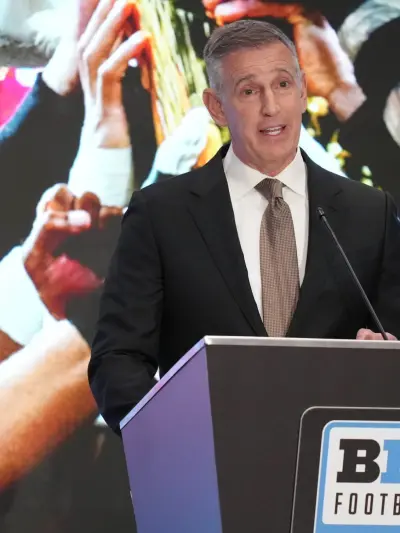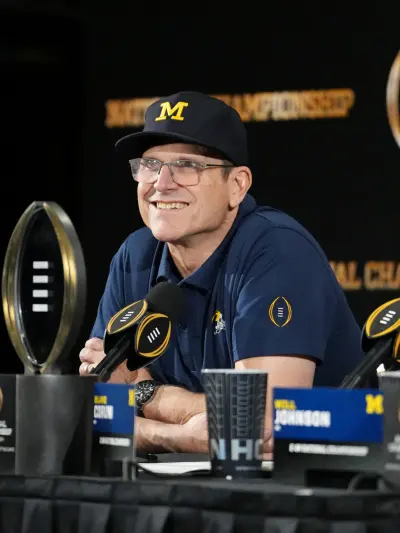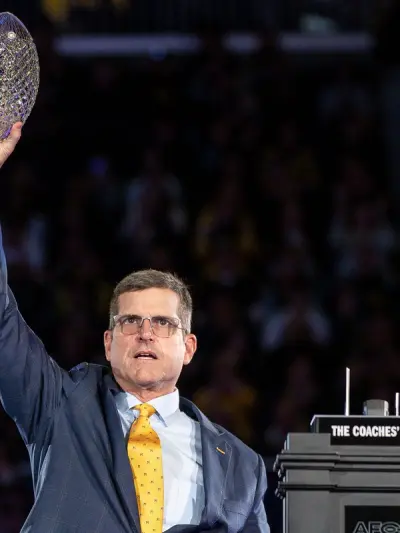By Ty Scheiner
I get it—this is the new college football world we live in. The transfer portal gives players more freedom, and that’s great for them. But as a fan, it feels like we’re learning a whole new set of teams every season. I already miss the days when you could count on rosters staying mostly intact for a few years. Now, it feels like college football has turned into a year-to-year sport, and honestly, it’s exhausting to follow.
Back in the pre-portal era, you could really know your team. You’d watch freshmen grow into veteran leaders, and the core of the roster stuck around long enough to build a real connection with fans. You’d look at your team’s depth chart and have a solid idea of who was going to be there for the next 2–4 years. That continuity gave you confidence—not just in the players, but in the program as a whole. It made following the sport feel more personal.
Now? If you miss a day’s worth of portal updates, you’re out of the loop. Who’s leaving? Who’s coming in? It’s a revolving door. As soon as you start getting excited about a player, you hear they’ve entered the portal and might be gone before the ink on their NIL deal dries. The lack of stability makes it hard to stay connected, and it feels like coaches are just scrambling to piece together competitive rosters every offseason.
Not to mention, the bowl games are a complete toss-up with all of the portal entrants. Bowl games used to be a competitive, playoff-type game to end the season with tons of pride, whereas now they seem more like a glorified exhibition with players auditioning for other teams in the coming year.
The Transfer Portal Needs to Change
Look, I’m not saying the transfer portal is all bad. Players deserve the right to find better situations for themselves, especially if they’re not getting playing time or if coaching changes throw them into tough spots. But college football has to figure out a way to balance this freedom with some level of consistency. Right now, it feels like chaos. It’s almost like if the NFL had free agency for every player every year.
One potential fix? I agree with what my colleague, Rock Westfall wrote, on contracts. I’ll be the first to admit I’m no expert on the NIL deals players sign or how their scholarships work right now, but imagine if players signed agreements committing to a team for two or three years. That doesn’t mean they’d be locked in no matter what—there could still be exceptions for unique situations—but it would discourage the constant one-and-done moves we’re seeing now.
More Sports News
Another idea is backloading NIL deals. Players could earn more money the longer they stay with the same program. Year one, you might get a smaller deal, but by year two or three, those payments could increase significantly. That way, there’s a real financial incentive to stick around and build something with your team.
And what about teams losing players? Programs could be given some sort of buffer, like extra scholarships or roster spots, to help offset the loss when a player leaves after just one season. Or maybe players can get ‘bought out’ of whatever deal they have, so programs losing them get some sort of compensation. These kinds of adjustments could bring some structure to the wild west the portal has become. I realize there isn’t a perfect solution, but there need to be some boundaries.
Missing the Old Days
What I miss most about pre-portal college football is how much it felt like your team. You could invest in the players and coaches, knowing they’d be there long enough to leave a lasting impact. Rivalries weren’t just about the schools—they were about the players who faced off year after year.
Now, it’s hard to know what to expect from one season to the next. Sure, the portal can bring excitement with high-profile transfers, but it also creates uncertainty. As a fan, it’s tough to feel the same connection when rosters are constantly in flux.
Finding Balance
Once again, I’m not against the portal or player freedom. It’s a positive step forward for athletes who deserve more financial control in their collegiate careers. But at the same time, college football thrives on stability and identity—two things the current system is lacking.
The sport needs to find a middle ground. I believe we can still give players more freedom but also give fans and programs something to hold onto. College football is at its best when it’s rooted in loyalty, tradition, and connection. The transfer portal doesn’t have to erase those things, but it’s going to take some effort to make sure they survive.
Until then, I’ll be here, trying to keep up with who’s staying, who’s leaving, and what each team will even look like next season.
